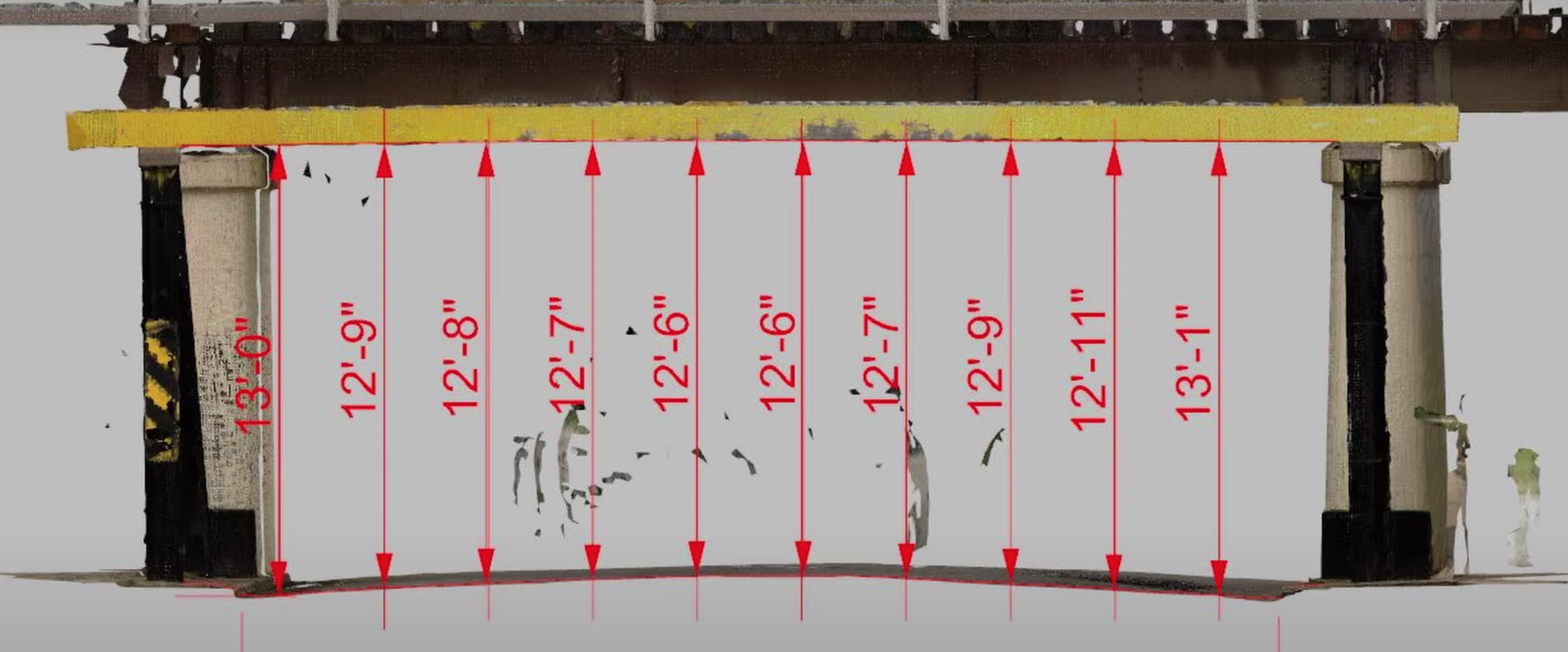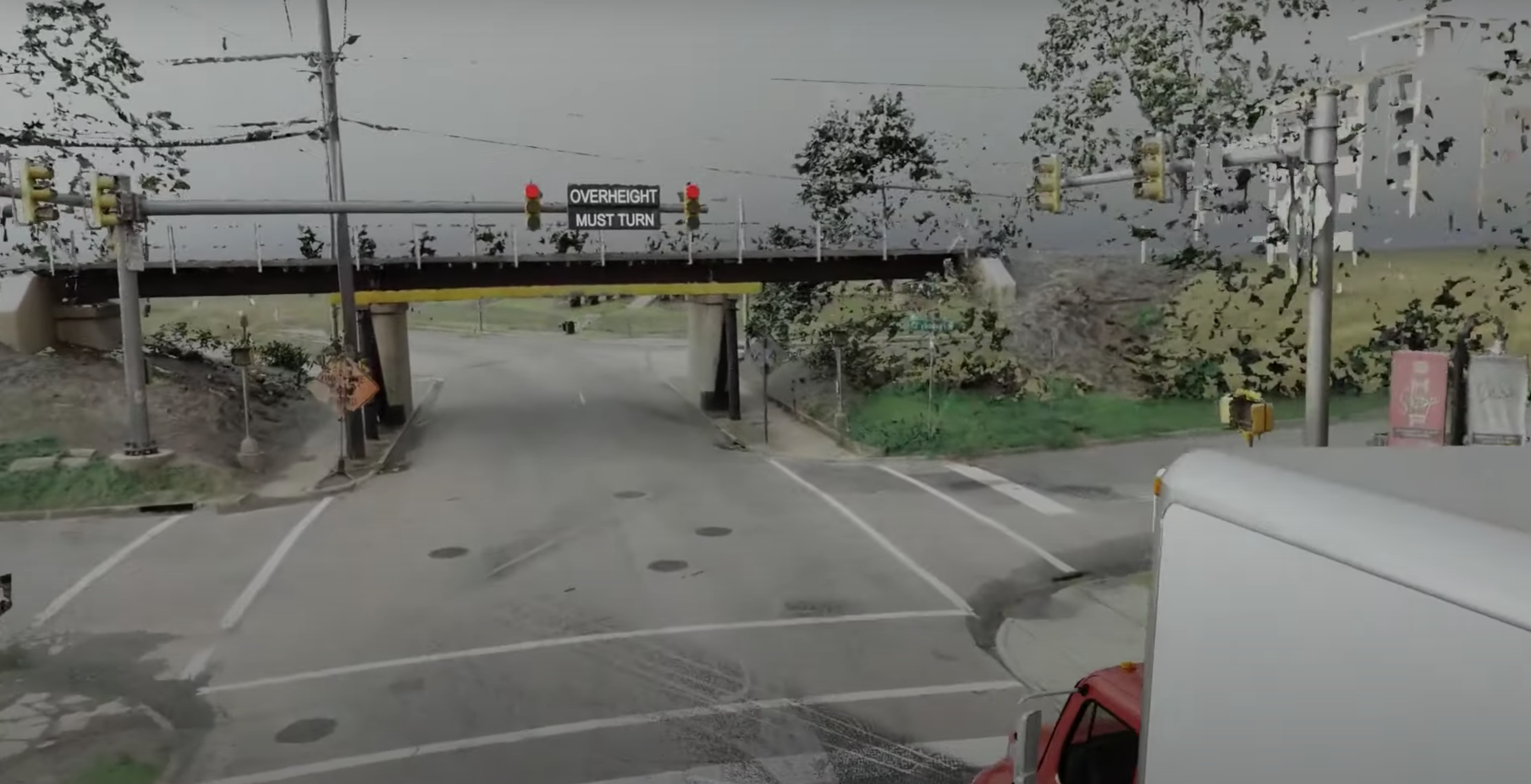In Durham, North Carolina, a humble-looking railroad bridge sits quietly, while cars and trucks line up awaiting the traffic light. When the light changes, a sign illuminates at the intersection - OVERHEIGHT - MUST TURN. Ignoring the warning, a box truck drives confidently towards the underpass, only to have the top three inches of its cargo section peeled off by the steel beam supporting the truss. And thus, the “canopener” bridge claims another overconfident or distracted victim.
The bridge has been home to frequent crashes, and for more than 12 years, these mishaps have been dutifully documented on a popular YouTube channel. Because the resulting damage is relatively minor in most collisions, and usually do not involve any injuries, watching the crashes can provide some entertainment. A mix of the audience’s desire for schadenfreude (taking pleasure in the misfortune of others) and how unbelievably often these crashes occur have vaulted the channel to nearly a quarter of a million subscribers. Originally referred to as the “11 foot 8” bridge - referring to its low clearance - in 2019 the bridge was raised another 8 inches to attempt to reduce the number of collisions. Despite this, incidents still occur with disappointing frequency, with the last posted only three weeks ago as of the date of this article.
For Matthew Blackwood, learning about this unfortunate bridge turned into a 3D scanning opportunity. In 2015, Blackwood started Scanning Cars LLC, a company that specializes in creating visuals from scan data, animations and simulations, meshes and scenes. Because the bridge is not far from Blackwood’s home, he decided to take the short trip and attempt to scan the scene.
“I thought it would be interesting to see what the actual height of the bridge was, and to show other fans of the bridge how it worked,” said Blackwood. In addition, the project could serve as a demonstration of some of his 3D scanning skills.
In his demonstration video, Blackwood captures the intersection, as well as the surrounding area, takes measurements from the point clouds, and produces an animation from the resulting mesh. Using a FARO X130 3D scanner, he registered and aligned the scans in FARO SCENE, and then created the mesh using Phython code that he authored. To get the measurements and other CAD work, he used Rhino3D, with the final animations completed in Blender.
“3d Scanners are really incredible machines, the data they get is usually incredibly accurate - down to a millimeter or so from hundreds of feet away,” says Blackwood.
“The results in my video may not be as aesthetically pleasing as a typical animation, but it is very accurate.”
One surprising finding is that the sensors that activate the bridge are conservative and that the actual height of the underpass is, even at its lower point, actually higher than the stated clearance on the sign. Even with an extra few inches, and a clear warning, trucks still continue to hit the bridge.

The final visualizations that Blackwood created illuminate also some new information. The 3D rendering allows viewers to visualize and have a clearer understanding of the approach, which is not visible in other videos from the current positions of the cameras. With this additional perspective, the audience has begun to offer up their own analysis of the causes of the bridge’s woes.
One commenter suggested that the changing of the lights to red, when triggered by the overheight sensor, may be causing drivers to “speed up to catch the light” to avoid waiting, not realizing that they are the cause of the light - which could explain the frequency of crashes where the trucks run a red light or are approaching the intersection at higher speed. Others theorize that the very low height of the sensor (which has not been moved up to match the raised bridge height) may be giving drivers too many false positives, leading them to mistrust the warnings.
“I am surprised by how popular the video has become,” said Blackwood, “and how many suggestions viewers have for how to fix it.”
You can watch the video in its entirety above, or visit Blackwood’s channel here.






